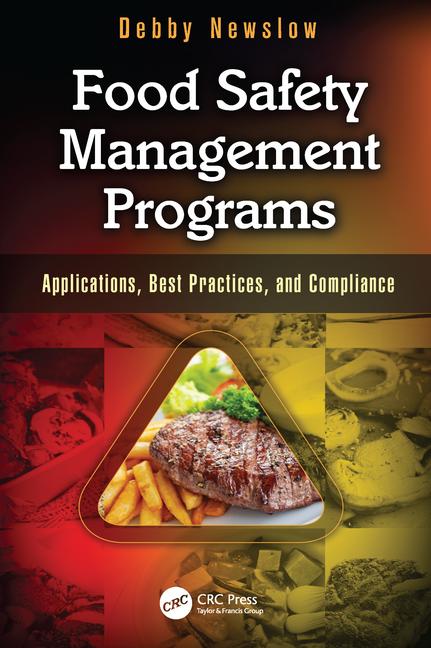Researchers Explore How Biases Affect Food Safety Management Systems, Suggest Supply Chain-Wide Culture Focus

Image credit: wavebreakmedia_micro via Freepik
A recent review has investigated the role that cognitive and cultural biases play in the design and execution of food safety management systems (FSMS) and stakeholders’ perceptions of what “safe enough” means. The paper was published in Trends in Food Science and Technology and was authored by researchers from the University of Lincoln Institute for Agri-Food Technology.
According to the researchers, hazards identification, determining control measures, risk assessments, and the development and implementation of FSMS are based on a set of “accepted” conventional and relational approaches, such as the use of Hazards Analysis and Critical Control Points (HACCP) principles, risk ranking, decision trees, and FSMS templates. This approach requires consensus among stakeholders as to the design, harmonization, and consistent implementation, especially in situations where data is limited and levels of uncertainty are high. However, cultural and cognitive biases can affect how risk assessments are conducted (e.g., qualitative versus semi-quantitative), especially at the food business operator (FBO) level.
Beyond the FBO level, competing biases and perspectives between different parties (e.g., scientists or the general public) create a lack of consensus regarding the definition of food safety and the criteria used to determine whether a food is believed to be safe or not. For example, the researchers underline that most individuals within organizational HACCP teams are not scientists, and may therefore analyze hazards more from the perspective of a layperson than a scientist.
The researchers suggest that a supply chain-wide harmonization of FSMS could more effectively assure food safety than the current focus on intra-organization food safety culture; this is because, at the FBO level, differing knowledge, resources, management, culture, and biases allow for conflicting FSMS, even within the same supply chain. For example, the willingness to accept a level of food safety risk within a cost/benefit trade-off could differ between FBOs.
The researchers point to the U.S. Food and Drug Administration’s (FDA’s) Food Traceability Final Rule/section 204(d) of the Food Safety Modernization Act (FSMA 204) as an example of a top-down approach that addresses the need to reduce the impact of cultural and cognitive biases on individual FBO FSMS and ensure greater supply chain-wide compliance and cohesion. However, such prescriptive approaches also reinforce aspects of cultural bias from the regulator’s perspective, such as the regulator’s idea of what records demonstrate that food is “safe enough,” in the case of FSMA 204.
Further research into the influence of cognitive and cultural biases on the scientific and lay approaches to FSMS and risk assessment could provide more insight into how regulators, FBOs, industry staff, and consumers assess, mitigate, and accept food safety risk.
Authors of the review include University of Lincoln’s Louise Manning, Ph.D., Professor of Sustainable Agri-Food Systems and Jack H. Grant, Ph.D., Postdoctoral Researcher.
Looking for a reprint of this article?
From high-res PDFs to custom plaques, order your copy today!







